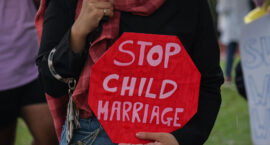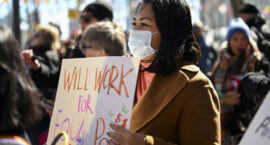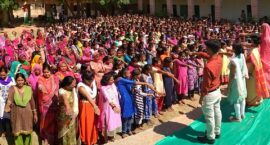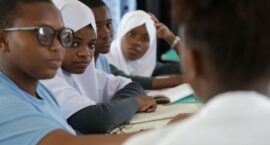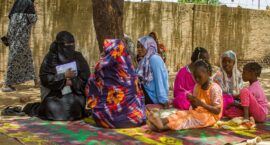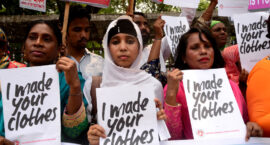Girls have been systematically erased from conversations about the climate crisis. For many, this erasure has happened despite the life-changing impacts it is already having on their lives. Climate change is a crisis for girls’ rights as it exacerbates pre-existing risk-factors and heightens them to dangerous extremes.
What will it take for decision-makers to be convinced that girls should not just be a focus of responses. but also at the forefront of change?




